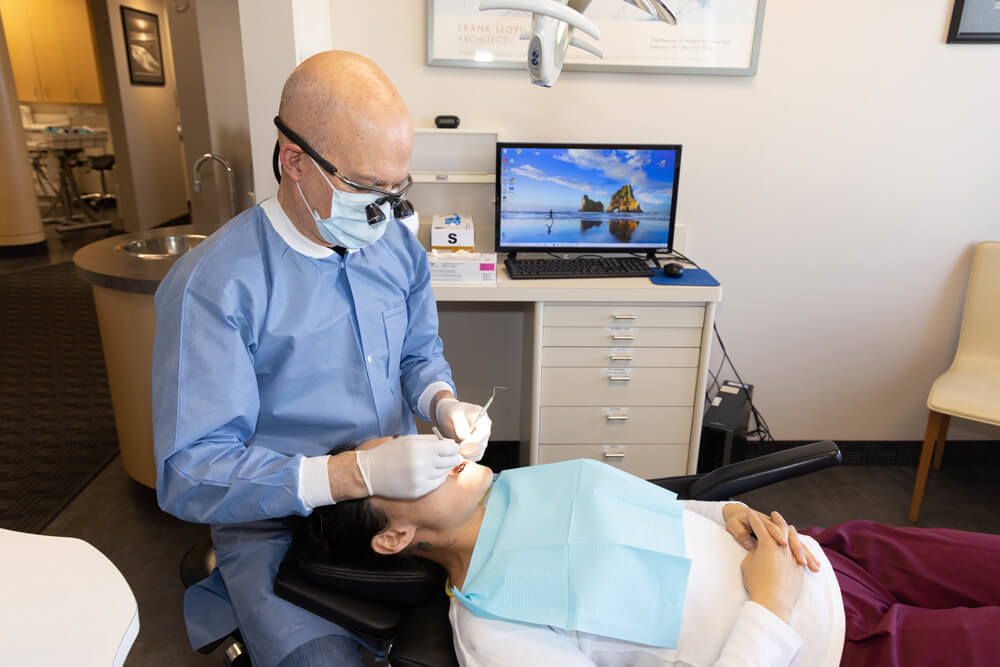Etruscans, a civilisation that flourished between the 8th and 3rd centuries BC, with its high standard of art and industry, used ivory, bones and ox teeth in dental restoration. Held in place by gold bands, by 200 AD the Etruscans made teeth, crowns and bridges entirely from gold.
Around the same time the Ancient Egyptians applied an extraordinary method in the replacement of teeth: seashells hammered into gums. Toothpaste was made of pumice stone and vinegar with the natural tooth-whitening agent of urine. Of course dentists want their marketing to be effective, and you’d have to wonder how the mission and situational analysis meetings went as the first two steps of that branding and marketing project.
There’s a bit of pain already, really; brushing not flushing in order to have those pearly whites. Or, in the13 th century when barbers filed then coated teeth with acid to remove staining which it obviously did, before destroying the entire tooth.
To suffer for vanity is to be human. Certainly a human devoid of any Buddhist teachings; a philosophy of detachment to worldly obsessions such as greed, hatred, or vanity.
Vanity, however, is a hindrance for Buddhists and non-Buddhists alike; and pain and death by vanity is not a modern invention. Impossible and ever-changing beauty ideals drive the use of dangerous procedures and questionable ingredients. Who, in the 1980s would have thought a Kardashian would eventually supercede a Fonda as a measure of maximum maximus gluteus. When it comes to beauty enhancement, caveat emptor.
The ever-closer links between social media and beauty spawn the demand for cosmetics and beauty products have claimed vanity victims for thousands of years, and continues to.
Mexico’s Kardashian equivalent, Joselyn Cano died in 2020 aged 29 from a botched gluteal lift: a cosmetic procedure that rose in popularity by 252% between 2000 and 2015.
Agnes Sorel (1422-1450),mistress to King Charles VII of France, came to an untimely end thanks to the cosmetics of the day. Her remains were exhumed in 2005 and researchers found extraordinary levels of mercury in her hair. Mercury poisoning could have been specifically administered, given that many mistresses were often the object of intense passion, both positive and negative – Louis XI, Charles’ son blamed Agnes for the rift with his father. His dislike for her was so profound, at one point that he punched her in the face.
I don’t know that that was a Royal mistress’ idea of getting skin rejuvenation therapy while getting your smile straightened.
Chronicled as having a beautiful face – having wide blue eyes, with flawless and fair skin framed by golden hair wouldn’t have made that fist feel any softer. Putting aside the possibility Agnes was poisoned at the behest of Louis XI, certainly mercury was widely used at the time as a skin-whitening agent. Three hundred years later the lesson was yet to be learned with Maria Coventry, Countess of Coventry pretty much met the same fate. She used Venetian ceruse, also known as Spirits of Saturn, a 16th-century cosmetic in great demand.
The ceruse make-up ate away her skin – which meant she had to use more make-up.
A 1688 recipe describes as a mixture of water, vinegar, and lead – which would of course go over like the proverbial balloon in 2022.
Eventually, Maria used so much makeup that although she died at the age of 27 she’ll never make the 27 Club, with Janis and Amy remaining the only female members.
Don’t laugh too heartily at the obvious mistake made here – the long-term use of lead and mercury – similar stupidities still occur. Tens of thousands of lawsuits against Johnson & Johnson attests to that, on the basis of knowingly allowing asbestos in its talcum powder since the early 1970s. Product sales were not stopped until 2020, with thousands of women worldwide claiming their terminal ovarian cancer was contracted through using its baby powder.
If you think men escape death-by-style, Hipsters take note. Legend has it that the Persians held onto the long beards of Alexander the Great’s army for easy decapitation. In no way is it intended that Hipsters lose their heads – it’s that ballerina bun that needs some swift and focussed attention with a sharp implement and a shot of boutique gin.
The major advancements in aesthetic and reconstructive dentistry of the 1990s spearheaded the cosmetic procedures available today. In order to have the dental perfection that brings confidence and improved wellbeing, everything has become possible; from gum contouring to implants, veneers and full mouth restoration.
How you survive it is much like eating an elephant: one bite at a time.

